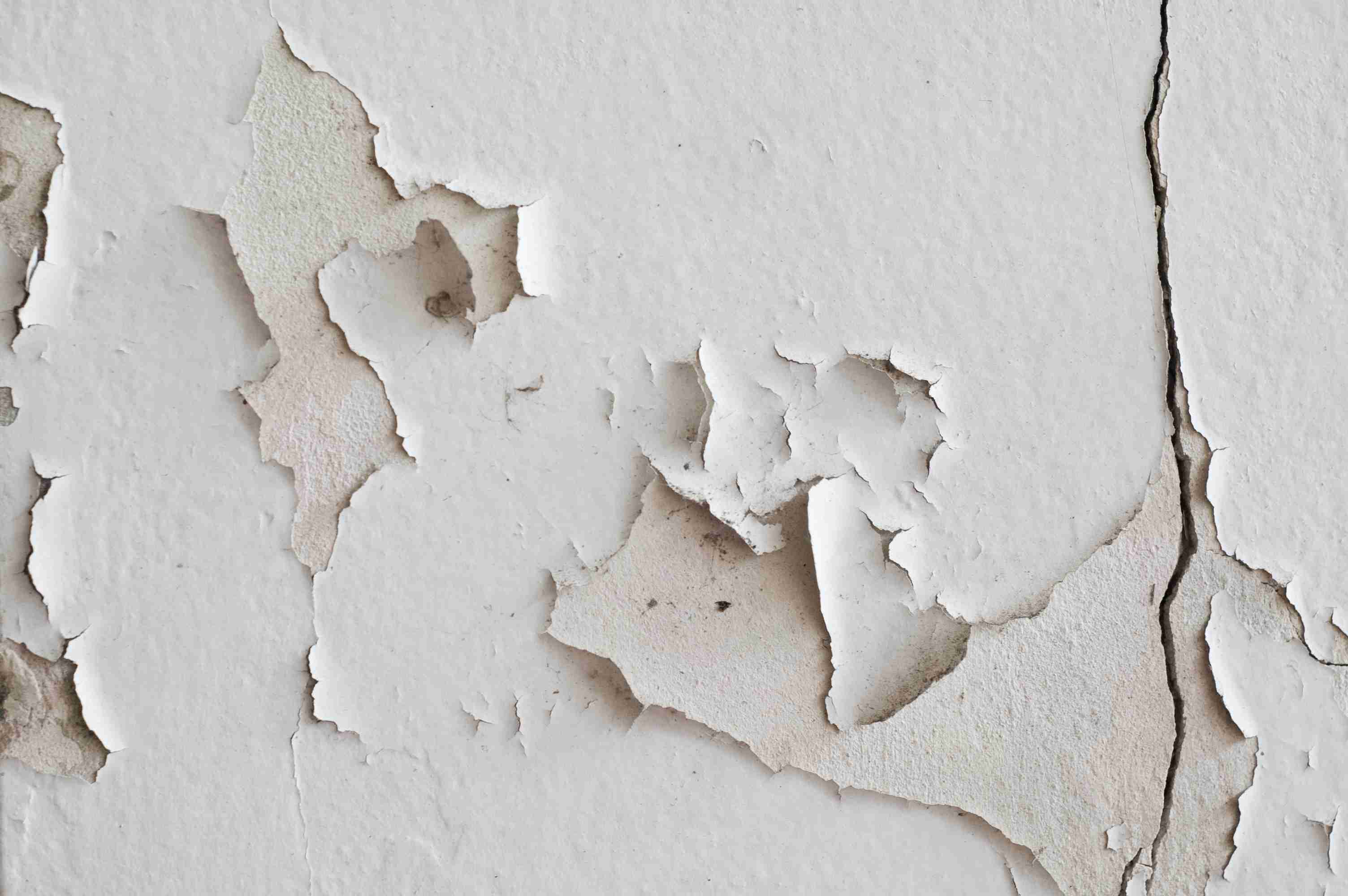With advancements in all spheres of life, smart tricks have been created to help painters get the job done impeccably. A painter’s tape sometimes also referred to as masking tape was first invented in 1925. There is a difference between the two kinds of tape. The former is known to not leave any residue behind its back and be removed smoothly, with a clear line. On the contrary, the latter one isn’t that flawless. Masking tape might leave residual material when removed, which can give a dirty appearance to your wall.
A tape might sound very mundane, but looking at all the benefits of these little thingies, one will have to accept their importance when painting. Painting with a brush cannot be picture perfect, and there are always chances for errors. Applying a painter’s tape can make things be very precise and absolutely flawless.
Applying tape requires precision and accuracy, but one can face challenges when trying to remove these pasties. Paint peeling when removing the tape is the major problem faced by many. We have come with detailed answers to your most common questions about painting tapes, to help you achieve desirable results, and manifold the aesthetic appeal of your house.
Q1) Why is my painter's tape pulling off the paint?
There are many reasons for the problem mentioned above. Some of which are:
- Using a very sticky tape can cause paint to peel when removing tape big time. Therefore, consider using a tape of moderate adhesiveness. This will help protect the masking area and still not peel off the paint.
- Letting the tape for a very long time increases the chances of peeling off your paint.
- When the tape hasn’t adhered properly to the surface it causes paint to get under the tape and stick it to the wall, peeling which can be as tricky as solving a puzzle. For this reason, cleaning the area to be masked before applying a tape is very important. This is to ensure the tape is applied smoothly.
Q2) How long can you leave painter's tape on?
Experts usually recommend leaving it for an hour after painting, because waiting for too long can cause paint to peel when removing the tape. Likewise, wet paint can also do no good to your paint. So, try to be moderate with the timing. Peel it off when it is not completely dry and also doesn’t transfer to other surfaces.
Q3) How to repair paint peeled off with tape?
If you have peeled off the paint from your wall when taking off the tape, then depending on the depth of the peeled paint use a remedy. For instance, smoothen the surface with sandpaper, apply a primer, and then a fresh coat of paint on the surfaces with peeled paint. In case of deeper peel-offs when the tape leaves hollow spaces, one has to take a hold of a putty knife. Use it to fill in the empty spaces on the wall with a dry putty, aka the joint compound made up of gypsum and water. Smoothen the filler with your putty knife and let it dry. Now comes the turn of filing the surface with sandpaper. Apply a primer and then a coat of paint.
Q4) How to prevent paint from peeling when removing tape?
If you have left your paint for too long to dry, then to avoid peel offs use a sharp knife or a tool of the same kind. Run it vigilantly under the tape to separate it from the wall, and the adjacent paint on the wall. Remove the tape from the wall at a moderate speed, this will help prevent peel-offs. Too slow removals can increase the chances of residues being left behind.
Q5) What are the benefits of using a painter’s tape?
- A painter’s tape is all you need when trying to give precision and a tidy look to the edges of your wall.
- It can be used on various surfaces, from walls, ceilings, and windows to doors.
- It is also used to create a design that involves straight lines, or cubic patterns.
- The tape is very cost-effective, and good-quality ones only cost around $9. This small investment in tape helps prevent unwanted paint drips on your baseboard, or when applying more than one color on a wall or a cabinet. In the case of windows and doors, the tape helps protect the knobs and handles from drips.
- No one can deny the fact that using the right tools when working helps to increase the work quality and reduce the time taken. Making use of the painter’s tape can help make the job less time-consuming.
Reaching the end, hope you got the answers to all the possible questions popping up in your mind. Moreover, painting a wall yourself may cost you less money but it is costing you your time and effort. It is recommended to look for affordable professionals in your area to get the job done. To find the best painters refer to Topspot 101 business directory.

